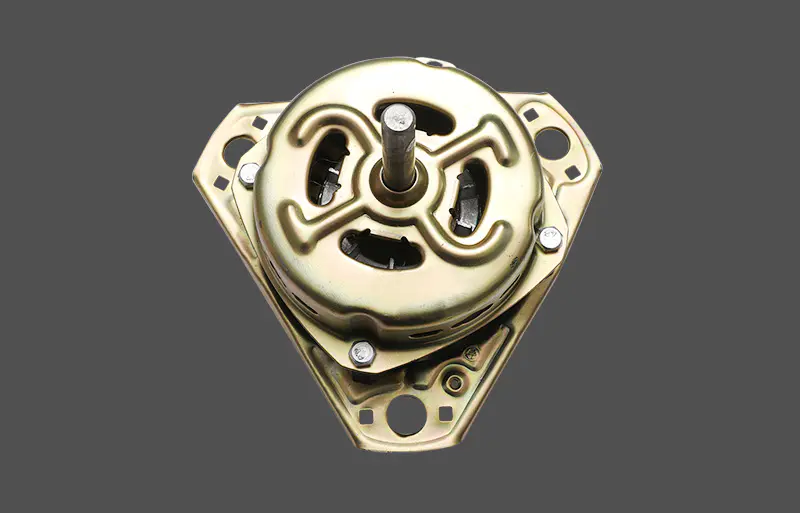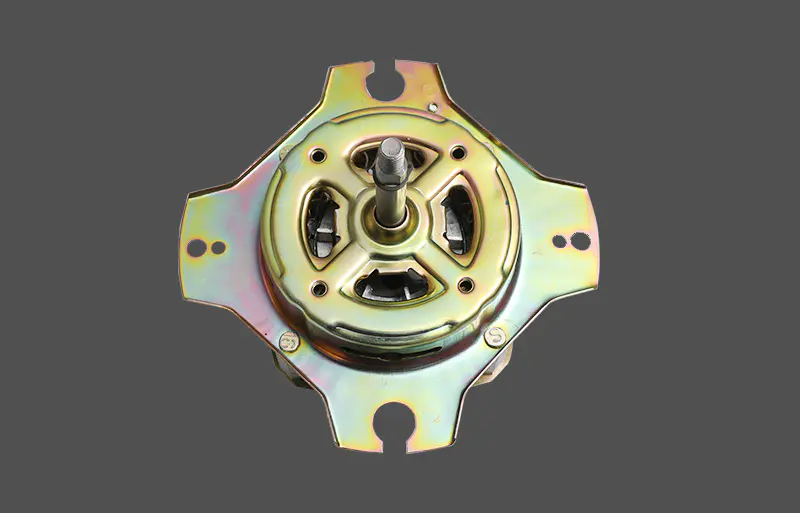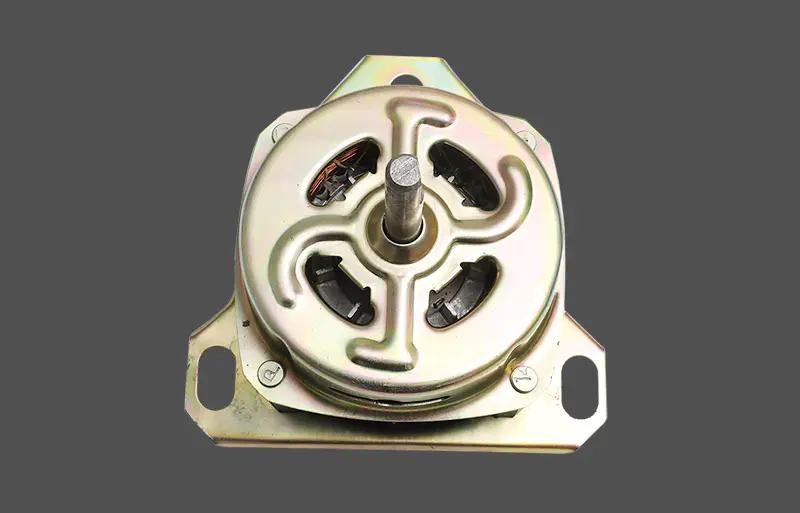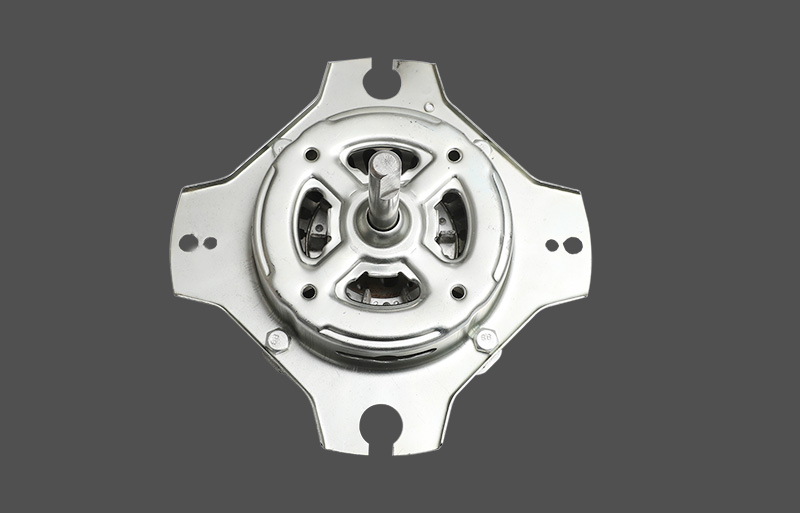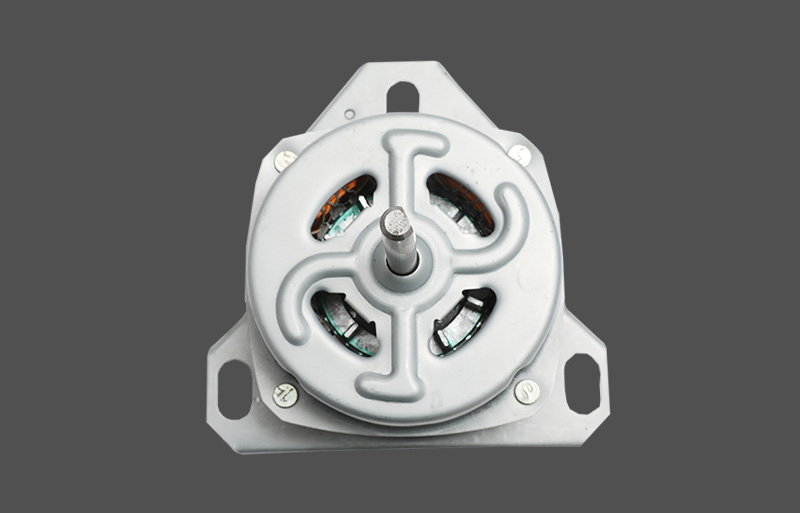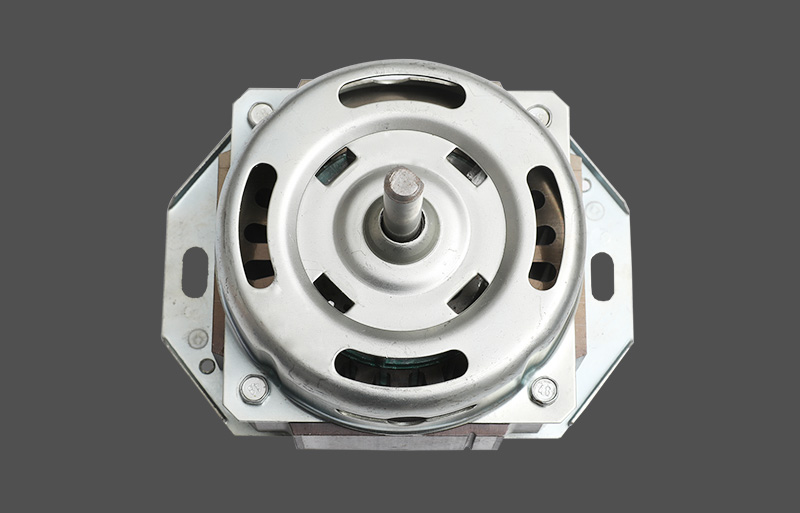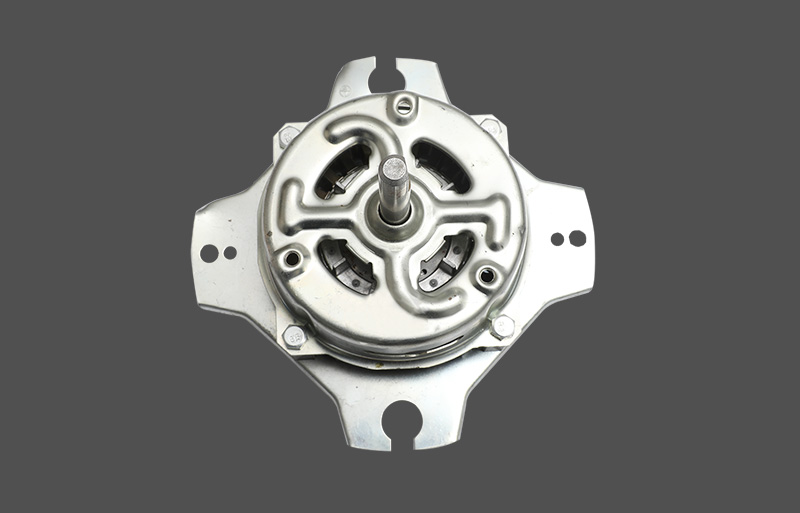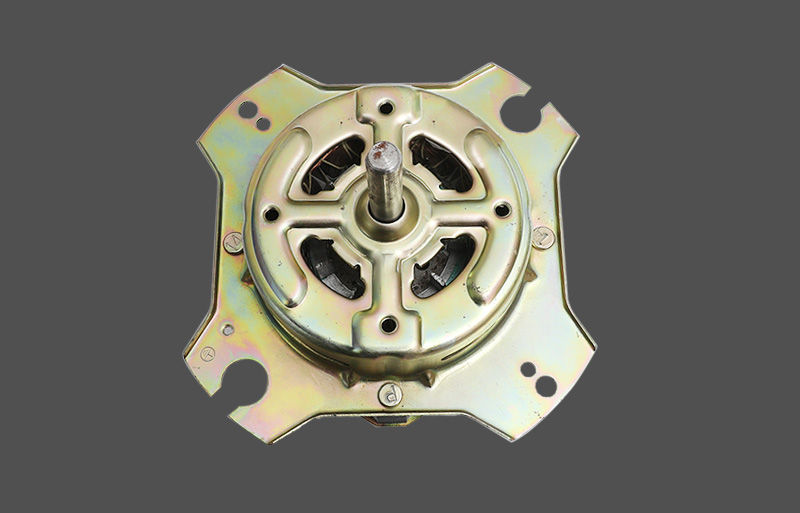Overheating of the cooker hood motor is a key factor affecting its working efficiency and safety. When running in a high temperature environment, the friction coefficient of the internal components of the cooker hood motor increases significantly, resulting in increased energy loss and ultimately reduced suction of the cooker hood motor. This situation directly affects the performance of the range hood and may not meet the needs of daily cooking, resulting in the inability to effectively discharge oil smoke, which seriously affects the air quality of the kitchen. For cooker hood motors that have been in an inefficient operating state for a long time, users often need to extend the working time of the range hood, which not only fails to solve the problem, but also aggravates the overheating of the cooker hood motor, forming a vicious circle.
Another important consequence of overheating of the cooker hood motor is the aging and damage of its internal insulation materials. Insulating materials are usually used inside the cooker hood motor to prevent current short circuits and leakage. However, in a high temperature environment, the aging rate of these insulating materials is significantly accelerated, resulting in a decrease in their insulation performance. Once the insulating material fails, it may cause a short circuit in the cooker hood motor, and even lead to serious consequences such as electrical fires. Therefore, the overheating of the cooker hood motor not only affects the normal operation of the equipment, but also constitutes a potential safety hazard, bringing risks to users that cannot be ignored.
In addition, the overheating of the cooker hood motor will significantly shorten its service life. When the cooker hood motor is designed, its operating temperature has clear standards. Long-term operation in a high temperature environment that exceeds the standard will accelerate the fatigue of internal components, thereby affecting its overall life. Studies have shown that the service life of the cooker hood motor is inversely proportional to its operating temperature. For every 10 degrees Celsius increase in temperature, its life may be reduced by half. Therefore, if the cooker hood motor is in an overheated state for a long time, users will face more frequent maintenance and replacement costs, increasing the economic burden.
In addition, overheating of the cooker hood motor may also cause the noise problem to intensify. As the internal components wear due to overheating, the friction between the mechanical parts increases, generating greater noise. This not only affects the user's experience, but may also cause the operation of the range hood to become unstable, further exacerbating the loss of the equipment. When the user uses the range hood, if the noise is significantly increased, the operating status of the cooker hood motor should be checked in time to prevent the overheating phenomenon from intensifying.
In order to effectively deal with the many problems caused by overheating of the cooker hood motor, it is recommended that users regularly perform equipment maintenance and inspection to ensure that the cooker hood motor operates within the appropriate operating temperature range. At the same time, choosing efficient heat dissipation design and high-quality insulation materials can effectively extend the service life of the cooker hood motor and improve the overall performance of the equipment. Through reasonable use and maintenance, users can not only reduce the energy consumption of the range hood, but also ensure the health and safety of the kitchen environment, thereby improving the overall cooking experience.




